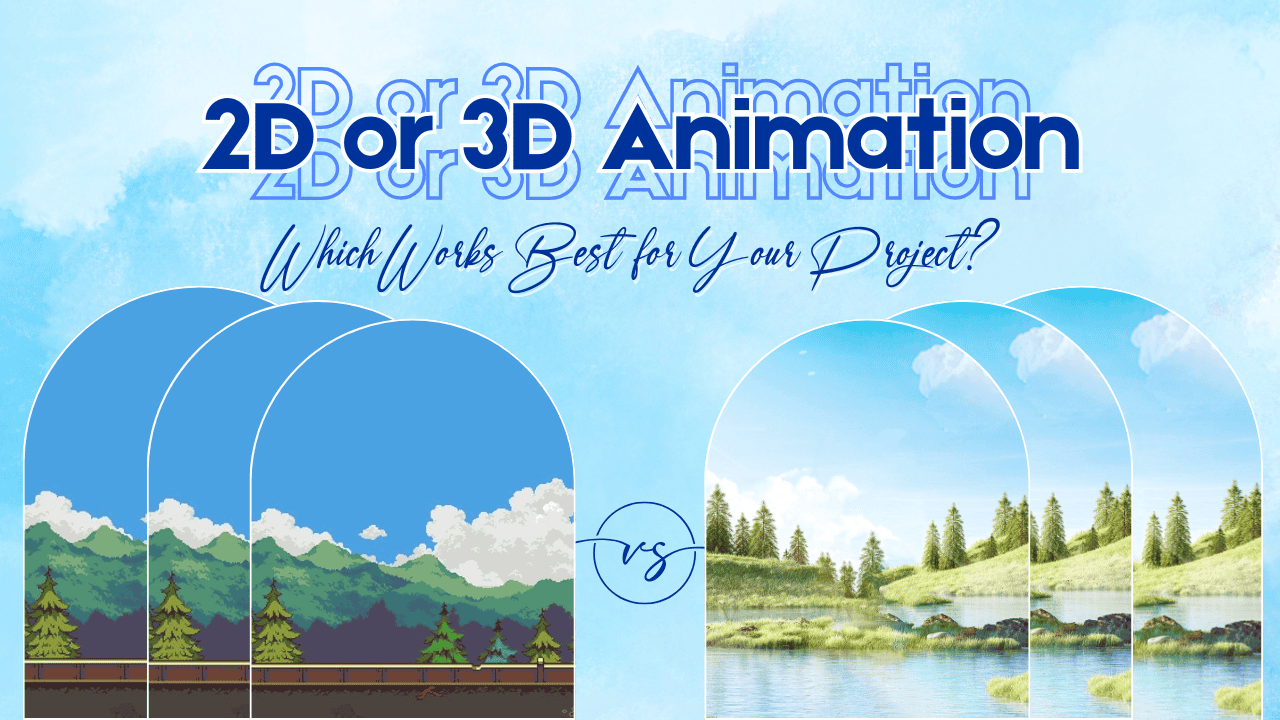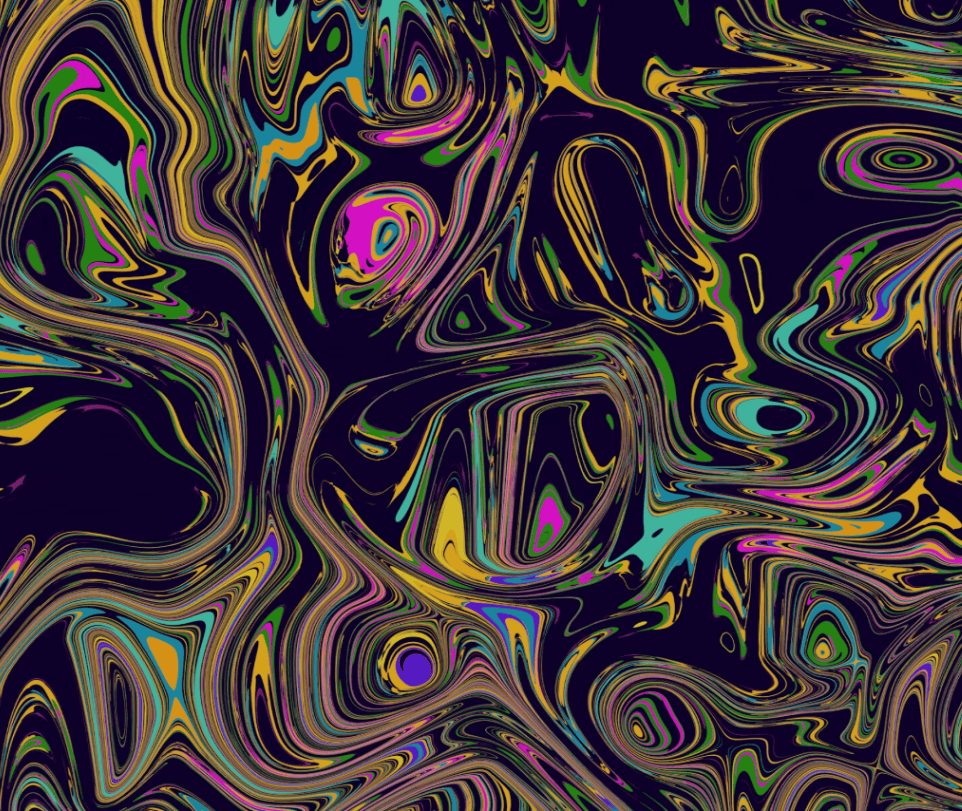Animation done in either 2D or 3D is among the first essential steps one should consider when looking for a mode of communication in animation. It also has its own set of characteristics, advantages, and disadvantages. Hence, this would be one crucial decision since such a choice would determine greatly what your project would bring back as results. Consider the difference between 2D and 3D Animation in the following article: how they are created, aesthetic feel, and typical uses.
By the end of this guide, you will better understand which style fits your project, be it an animation pro or just getting started.
Understanding 2D Animation: A Classic Art Form
2D animation is the art of creating moving images in a two-dimensional space bound by width and height. It’s the style most people associate with traditional cartoons, such as those that appear on television and in early animated films. The process behind 2D animation involves the creation of individual frames that create the illusion of movement when played in sequence.
2D animation involves plain and simple visuals devoid of any depth. Everything—the characters and background—is hand-drawn, frame by frame, either physically or on the computer. Vector-based programs would be Adobe Animate and Toon Boom; both of these contain provisions for manipulating shapes and layers that allow the animator to maneuver the character in a desired creation.
Besides the classic style, high-demand 2D animation services may be faster and less expensive than 3D animation on projects with more simplistic designs or smaller budgets. This makes 2D Animation very well-suited to explainer videos, education, or advertising. The traditional nature of 2D animation provides artistic nostalgia, which is often ideal for simply telling a story or getting a message across.
3D Animation: Adding Depth and Realism
While 3D animation adds breadth and dimension to the process, it makes animation realistic and engaging. In 2D animation, creators relied on only width and height. In 3D animation, a third axis allows objects to move and rotate three-dimensionally, creating an even greater sense of reality and depth. As a result, high-end movies, video games, and virtual reality experiences frequently incorporate these animations.
Creating 3D animation usually requires a lot of complexity: creating 3D models on Autodesk Maya or Blender, further animating them by manually changing the skeleton and joints of the model to achieve the desired movement, rendering the animated model into images or frames, and texturing, lighting, and adding special effects to perfect the result.
While 3D may be more labor-intensive and hence more costly due to the details required, it provides depth and realism that’s hard to achieve in 2D. That, along with the fact, would make it perfect for photorealistic projects or projects dealing in sophisticated visual effects, as may commonly be the case in the making of feature films, video game characters, and product visualizations.
Key Differences Between 2D and 3D Animation
The most striking visual style difference between the two techniques is that 2D animation is flat; it generally features simple, simplified backgrounds and designs of the characters, while 3D animation attempts to introduce depth and dimension into this by having characters and environmental elements traveling in three-dimensional space.
From the production point of view, 2D animation is quicker and less expensive to produce, fitting projects with uncomplicated visual needs and lower budgets. On the other hand, 3D animation requires much more time in creation due to more complex steps and is notably expensive. However, this pays off sometimes in projects where depth, realism, and advanced visual effects must be used.
The amount of skill each one wants is the second important thing. Both 2D and 3D need to understand principles, but more technical skills will always be in demand when it comes to 3D animation in the working arena. Such complex software is to be used in animation, 3D modeling is to be learned, and the skill of rendering and lighting techniques is to be dealt with more and more at the required level.
When to Use 2D Animation
If you want something more budget-friendly and artistic, then 2D animation might best fit your project. This style is perfect for projects requiring clear visuals or a retro, hand-drawn feel.
Some of the perfect examples of when 2D animation is ideal include:
- Explainer videos that need to simplify complex ideas
- Educational content requiring clear, easy-to-understand visuals
- Short films or cartoons with a hand-drawn aesthetic
For advertisements that require quick and to-the-point messaging, 2D animation has always been an excellent way to convey creative, high-quality, quick messages.
When to Use 3D Animation
3D animation is an excellent choice when your project demands an engaging, detailed, and realistic experience. It shines in scenarios where complexity and visual depth are crucial, making it a popular option in advertising and media for several key applications:
- Feature Films and Video Games: 3D animation brings characters, environments, and special effects to life with unmatched detail and immersion. It’s ideal for projects aiming to captivate audiences with high-end visuals.
- Product Visualizations: For showcasing products from multiple angles or placing them in natural or virtual settings, 3D animation excels. It allows advertisers to highlight features dynamically, offering potential customers a near-tangible experience.
- Virtual and Augmented Reality: 3D animation plays a crucial role in creating interactive and immersive experiences for VR and AR projects. It adds depth and realism, crucial for keeping users engaged.
In advertising, 3D animation allows brands to create dynamic campaigns that stand out in crowded markets. Its ability to mimic real-life visuals while offering flexibility to exaggerate or enhance elements makes it invaluable for high-budget projects aiming for maximum impact. Whether you’re designing a groundbreaking ad, a cinematic product launch, or an immersive digital experience, 3D animation delivers unparalleled quality and creativity.
Which Animation Style Works Best for You?
Choosing between 2D and 3D animation depends on the specific needs of your project. Each style has its own strengths, and the right choice will hinge on your desired aesthetic, budget, and the tone you aim to convey.
If you value a classic, artistic approach with a focus on simplicity and storytelling, 2D animation might be your ideal choice. However, if your goal is to create something more immersive, visually stunning, and lifelike, 3D animation offers cutting-edge possibilities.
Understanding the differences between 2D and 3D animation is key to aligning with your creative vision. Whether you’re creating a budget-friendly explainer video or a high-end video game, the right animation style can bring your project to life and resonate with your audience.


